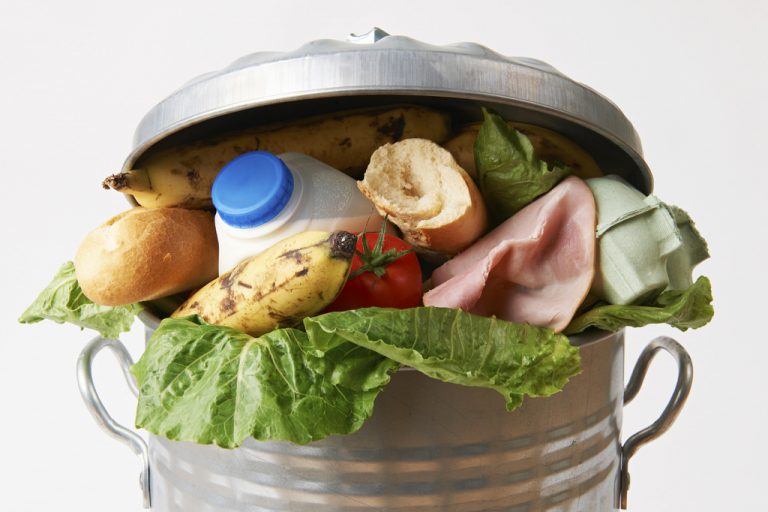According to Food Newsfeed, a Denver-based chain Snooze, food waste reduction is a multipronged effort. There is only one trash bin in each kitchen with multiple compost bins posted at each workstation. Chefs use the remnants after they’ve cut away perfect circles for chilaquiles, which are served up to employees at one of the company’s regular family meals for staff.

These efforts largely began as ways for the breakfast and lunch concept to be better stewards of the planet. But they deliver another, more immediate benefit. “Those are actually things that are direct cost savings as well,” says Megan Jorgensen, the company’s sustainability director. “Yes, this is doing right by the planet, but it’s also better for the bottom line. … It all goes hand in hand.”
The first and simplest step seems almost too good to be true: By simply tracking food waste, operators can often save 2–6 percent on their food costs, Abshire says. The Environmental Protection Agency’s Food Recovery Hierarchy prioritizes those actions that reduce the amount of food waste generated over other steps like diverting waste to compost or animal feed.
Beyond trimming waste from the books, restaurants can also count on support from customers, who are increasingly interested in operators’ sustainability efforts.
“The sustainability argument is the stronger one; it’s the one people are more interested in, and the economics comes second,” he says. “They want to reduce food waste.”
